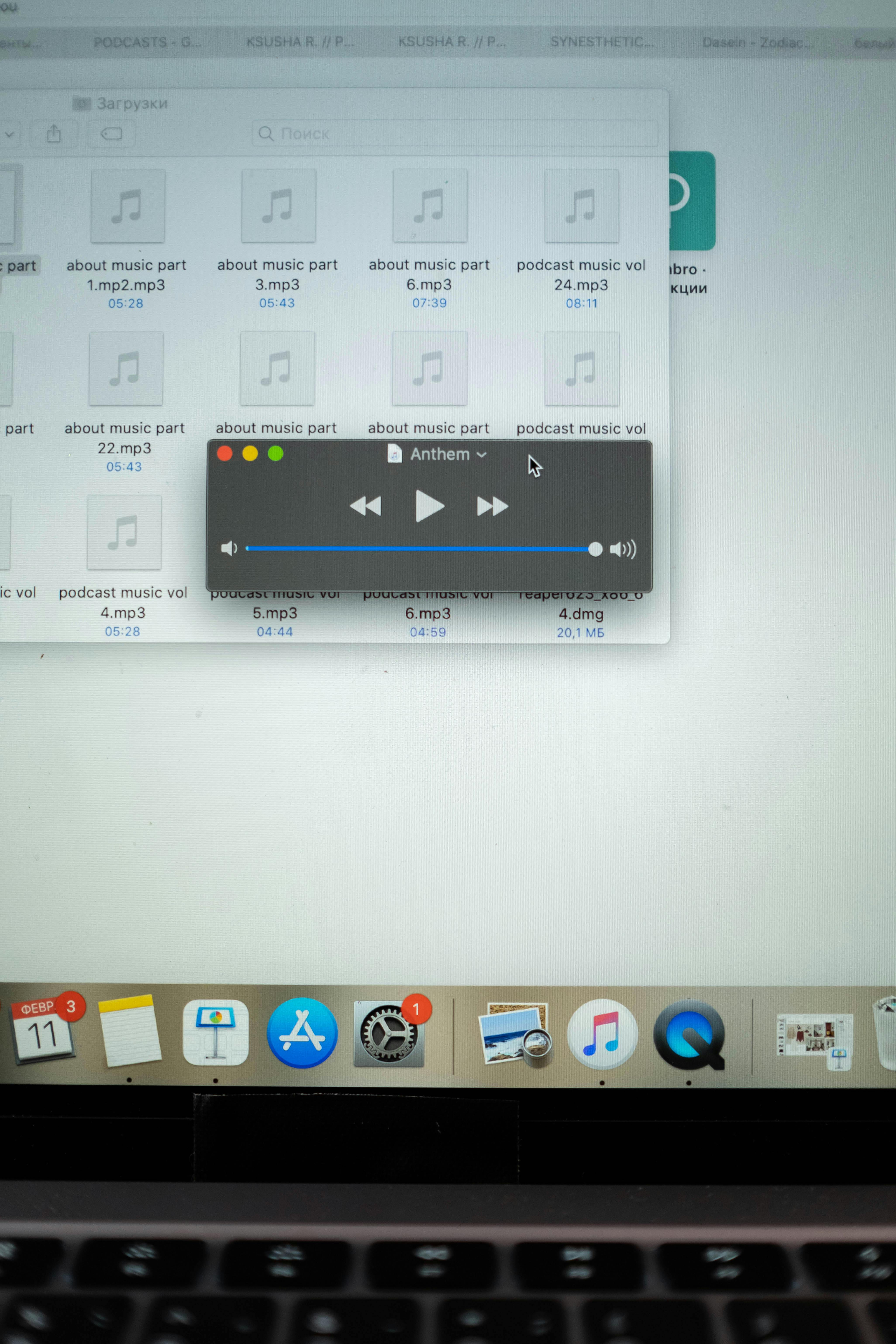
Introduction
Apple Music has recently celebrated a significant milestone: its 10th anniversary. In alignment with this commemoration, the company is making waves in the music industry with the launch of Apple Music Studios, a state-of-the-art creative center in Los Angeles. This initiative underscores Apple’s commitment to strengthening its role as a cultural powerhouse, transitioning from merely a streaming service to a multifaceted platform for artists and creators.
What’s in Apple Music Studios?
The Ecosystem for Today’s Creators
The new studio encapsulates much more than just an office or recording room; it is designed to be a comprehensive ecosystem for today’s creators. Here are some highlights of what Apple Music Studios offers:
- Two State-of-the-Art Radio Studios: These are equipped with advanced spatial sound technology, enabling live interviews and improvised performances that connect artists with their audiences.
- A Massive Sound Stage: With 4000 square meters dedicated to filming and live events, creators can host fan-driven events in an impressive setting.
- Podcast Editing Suites: The studios include spaces specifically designed for podcast creation, along with a laboratory for social media content, promoting storytelling across various formats.
- A Curated Cultural Walk: This feature tells the story of Apple Music’s journey, showcasing milestones and collaborations with renowned global artists.
Apple’s State of Artist Led by Artist
The establishment of Apple Music Studios reflects a strategic shift in Apple’s approach to music. No longer is the platform simply a digital distributor; it aims to be a fully-fledged cultural and media brand. The initiative recognizes the evolving role of artists as content creators, providing them with a versatile space to create, record, film, and share their stories in various formats.
As stated by an Apple spokesperson, “Apple Music Studios is more than recording – it’s about giving artists a platform to shape their stories, not just their sound.” This philosophy positions Apple Music as a key player in the evolving landscape of music and media.
Strategic Location | Culver City
One of the defining aspects of Apple Music Studios is its strategic location in Culver City, Los Angeles. This choice places Apple Music at the epicenter of a vibrant entertainment ecosystem, surrounded by industry giants such as Sony Music and Amazon Music.
Being located in an area that is pivotal to the film and music industries not only enhances collaboration opportunities but also aligns with Apple’s ongoing commitment to in-house content creation. This initiative follows the company’s investments in other media avenues such as Apple TV+ and Apple Arcade, as well as advancements in immersive audio platforms like Dolby Atmos on Apple Music.
A Decade of Apple Music | From Disruptive Platform to Cultural Hub
Since its inception in 2015, Apple Music has transformed from a successor to iTunes into a global streaming powerhouse, boasting over 100 million subscribers. This growth trajectory signifies not only the popularity of Apple Music but also its adaptability in understanding the evolving preferences of music consumers.
With the official launch of Apple Music Studios, the platform is poised to enhance its offerings further by integrating live performances, production, and enhanced social media connectivity, thus creating a composite environment for music history.
What Does This Mean for the Industry?
The investment in physical infrastructure by Apple Music signals a shift toward a future where streaming platforms become facilitators of creative experiences rather than mere distributors of content.
For Artists
For artists, this shift translates into having direct access to Apple’s ecosystem, which can facilitate their creative processes and help them reach wider audiences.
For Fans
Fans can expect more immersive experiences, offering them a chance to engage with their favorite creators in ways that were previously unattainable.
For the Industry
Moreover, this innovation adds competitive pressure on rivals like Spotify and Amazon Music, compelling them to explore similar integrations that foster creativity and interaction within the music community.
Conclusion
The launch of Apple Music Studios is a clear statement of intent from Apple: it aims to redefine the music landscape not only as a streaming service but as an essential part of the creative process for artists. By providing a space that encourages collaboration, interaction, and innovation, Apple Music is setting the stage for a new era in music creation and consumption. The future looks promising for creators and fans alike as Apple Music continues to expand its influence in the realm of cultural production.